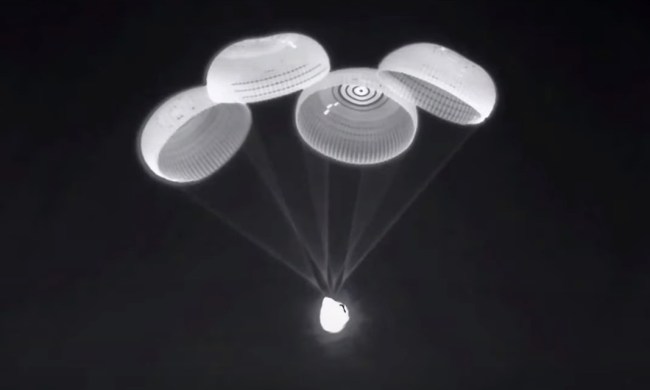SpaceX has successfully completed a single-engine static fire test of its Starship spacecraft, taking it another step closer to the 10th flight test of the entire rocket, comprising the Super Heavy booster and Starship spacecraft.
The test took place at SpaceX’s Starbase facility in Boca Chica, Texas, on Thursday, and lasted a matter of seconds. The company shared several image and a video of the test on X.
Next up is the spacecraft’s six-engine static fire, which is expected to take place on Friday. The last time it carried out this particular test, the Starship went up in a massive fireball.
The spectacular explosion was attributed to a failure in a nosecone-based pressurized tank containing gaseous nitrogen. The failure caused a catastrophic chain reaction that destroyed the vehicle and damaged the test site. No one was hurt in the incident.
SpaceX has yet to announce a specific target date for the 10th test flight of the Starship — the world’s most powerful rocket — but the company’s CEO, Elon Musk, said recently that the vehicle would head skyward from Starbase in August.
Shortly before the launch, Musk will give a presentation to update everyone about the progress of the Starship project, with the CEO expected to focus on areas such as engineering, production, and SpaceX’s future launch plans.
The Starship first flew in 2023, and the nine flights have produced mixed results for the team developing the 120-meter-tall rocket. But each flight gives engineers a lot to work with, allowing them to refine the design and performance of the rocket.
NASA is planning to use a modified version of the Starship spacecraft to land two astronauts on the moon in the Artemis III mission, which is currently targeted for 2027, though that date could slip. Much depends on the progress made with the Starship’s upcoming test flights.
The Starship might also be used for the first crewed mission to Mars, which NASA could launch in the 2030s, though a firm timeline has yet to be announced.


